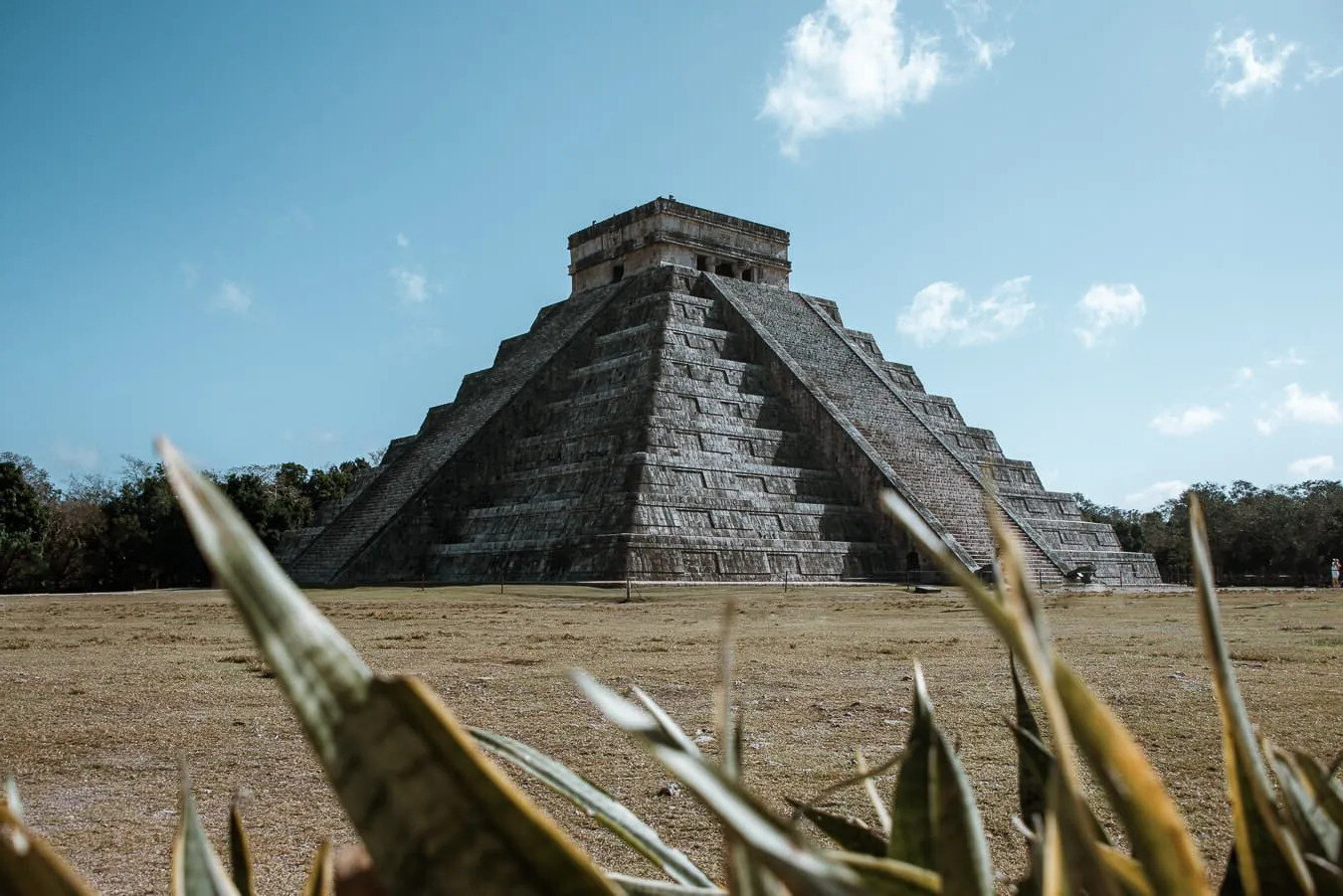Secrets Of Chichen Itza Ruins

Have you ever wondered what makes the Chichen Itza ruins so special? This ancient Mayan city, located in Mexico's Yucatan Peninsula, holds mysteries and marvels that captivate visitors from around the globe. From the towering El Castillo pyramid to the sacred Cenote, each structure tells a story of a civilization rich in culture, knowledge, and architectural prowess. Walking through these ruins feels like stepping back in time, offering a glimpse into the daily lives, religious practices, and astronomical achievements of the Mayans. Whether you're a history buff or an adventure seeker, the Chichen Itza ruins promise an unforgettable experience.
The Great Pyramid of Kukulkan
The most iconic structure at Chichen Itza, the Pyramid of Kukulkan, also known as El Castillo, stands tall as a testament to Mayan engineering and astronomy. This pyramid is not just a marvel to look at but also holds many secrets within its walls.
Equinox Shadow Serpent: During the spring and autumn equinoxes, the setting sun casts a shadow that looks like a serpent slithering down the pyramid's steps. This phenomenon draws thousands of visitors every year.
Hidden Temple: Inside the pyramid, archaeologists found another, smaller pyramid. This hidden temple contains a red jaguar throne with jade spots, adding to the mystery of the structure.
Acoustic Marvel: Clap your hands at the base of the pyramid, and you'll hear a chirping sound resembling the call of the quetzal bird. This acoustic trick showcases the Mayans' advanced understanding of sound.
The Temple of the Warriors
Adjacent to the Pyramid of Kukulkan, the Temple of the Warriors is another awe-inspiring structure. This temple, surrounded by a forest of columns, tells stories of the Mayan warriors and their rituals.
Chac Mool Statue: At the top of the temple, a Chac Mool statue lies on its back, holding a bowl on its stomach. This statue likely served as an altar for offerings to the gods.
Thousand Columns: The temple is surrounded by nearly a thousand columns, each intricately carved. These columns once supported a large roof, creating a grand hall for gatherings and ceremonies.
Mural Paintings: Inside the temple, faint remnants of murals depict scenes of warriors, battles, and rituals. These paintings provide a glimpse into the lives and beliefs of the ancient Mayans.
The Great Ball Court
Chichen Itza's Great Ball Court is the largest and best-preserved ball court in ancient Mesoamerica. This court was the stage for the Mayan ball game, a mix of sport and ritual.
Stone Rings: High up on the walls of the court, stone rings served as goals. Players had to pass a rubber ball through these rings without using their hands, a challenging feat that required great skill.
Acoustic Wonders: Like the Pyramid of Kukulkan, the Great Ball Court has unique acoustics. A whisper at one end can be heard clearly at the other, demonstrating the Mayans' architectural prowess.
Relief Carvings: The walls of the court are adorned with carvings depicting the ball game. These carvings show players in action and scenes of human sacrifice, highlighting the game's significance in Mayan culture.
The Sacred Cenote
A short walk from the main structures, the Sacred Cenote is a natural sinkhole that held great importance for the Mayans. This cenote was a site for offerings and sacrifices to the gods.
Sacrificial Offerings: Archaeologists have found numerous artifacts and human remains at the bottom of the cenote. These findings suggest that the Mayans made offerings, including human sacrifices, to appease their gods.
Crystal Clear Waters: Despite its dark history, the cenote's waters are crystal clear. The cenote's beauty contrasts with its grim purpose, making it a fascinating yet eerie site.
Spiritual Significance: The Mayans believed cenotes were portals to the underworld. This belief added to the cenote's importance as a sacred site for rituals and offerings.
The Observatory (El Caracol)
El Caracol, meaning "The Snail" in Spanish, is an ancient observatory that showcases the Mayans' advanced knowledge of astronomy. This structure's unique design allowed the Mayans to study the stars and planets.
Spiral Staircase: Inside El Caracol, a spiral staircase winds up to the top, giving the structure its name. This staircase allowed priests and astronomers to reach the observation platform.
Astronomical Alignments: The windows and doors of El Caracol align with key astronomical events, such as the solstices and equinoxes. These alignments helped the Mayans create their complex calendar system.
Celestial Observations: From the top of El Caracol, Mayan astronomers could observe the movements of Venus, the moon, and other celestial bodies. These observations were crucial for agricultural planning and religious ceremonies.
Why Chichen Itza Should Be on Your Bucket List
Chichen Itza offers a glimpse into ancient Mayan civilization. The pyramids, temples, and ball courts tell stories of a culture rich in history. Visiting this UNESCO World Heritage site, you’ll see the impressive El Castillo pyramid, also known as the Temple of Kukulcan. The Great Ball Court and the Temple of the Warriors are other must-see spots. Each structure has unique carvings and architectural details that showcase Mayan ingenuity.
Exploring Chichen Itza, you’ll feel connected to a world long gone but still very much alive in its ruins. The site’s layout and design reflect advanced knowledge of astronomy and mathematics. Whether you’re a history buff or just love exploring new places, Chichen Itza offers something for everyone. Make sure to add this incredible destination to your travel plans.

